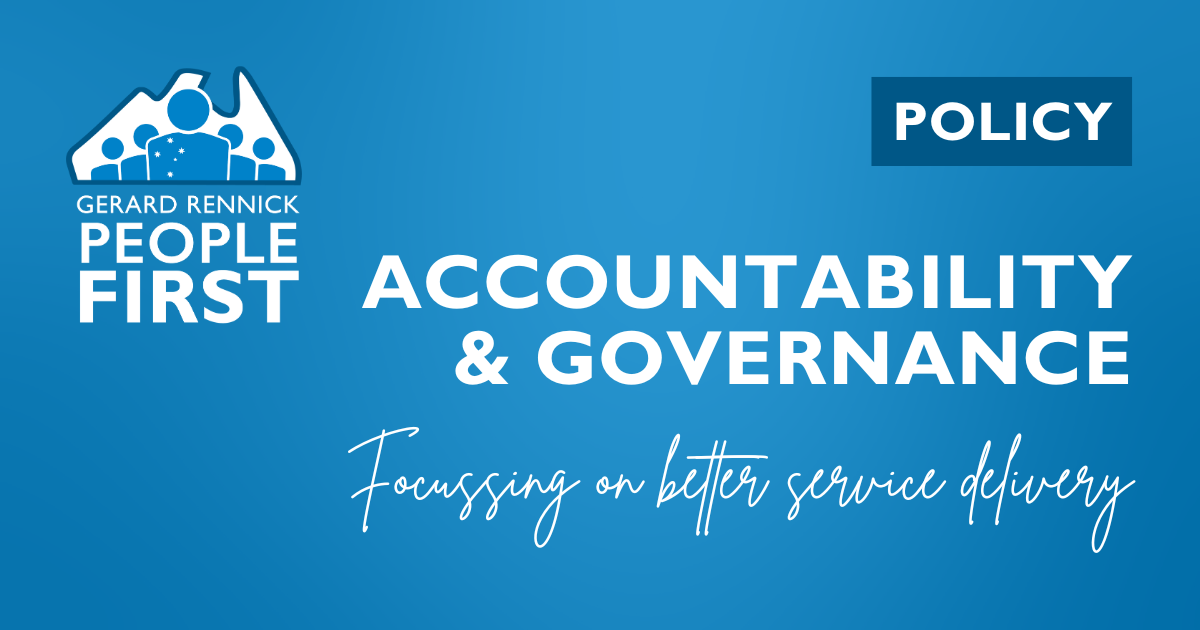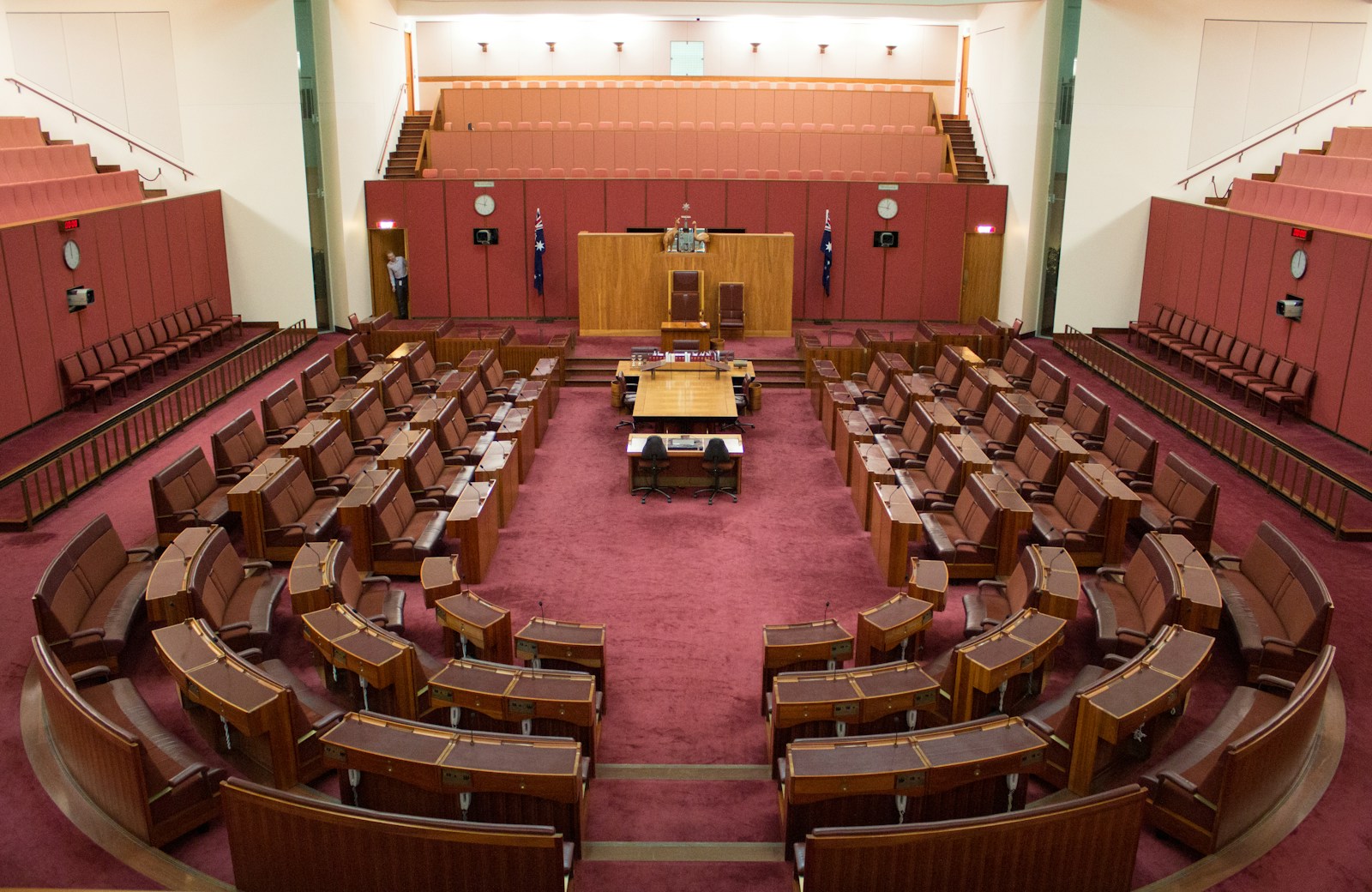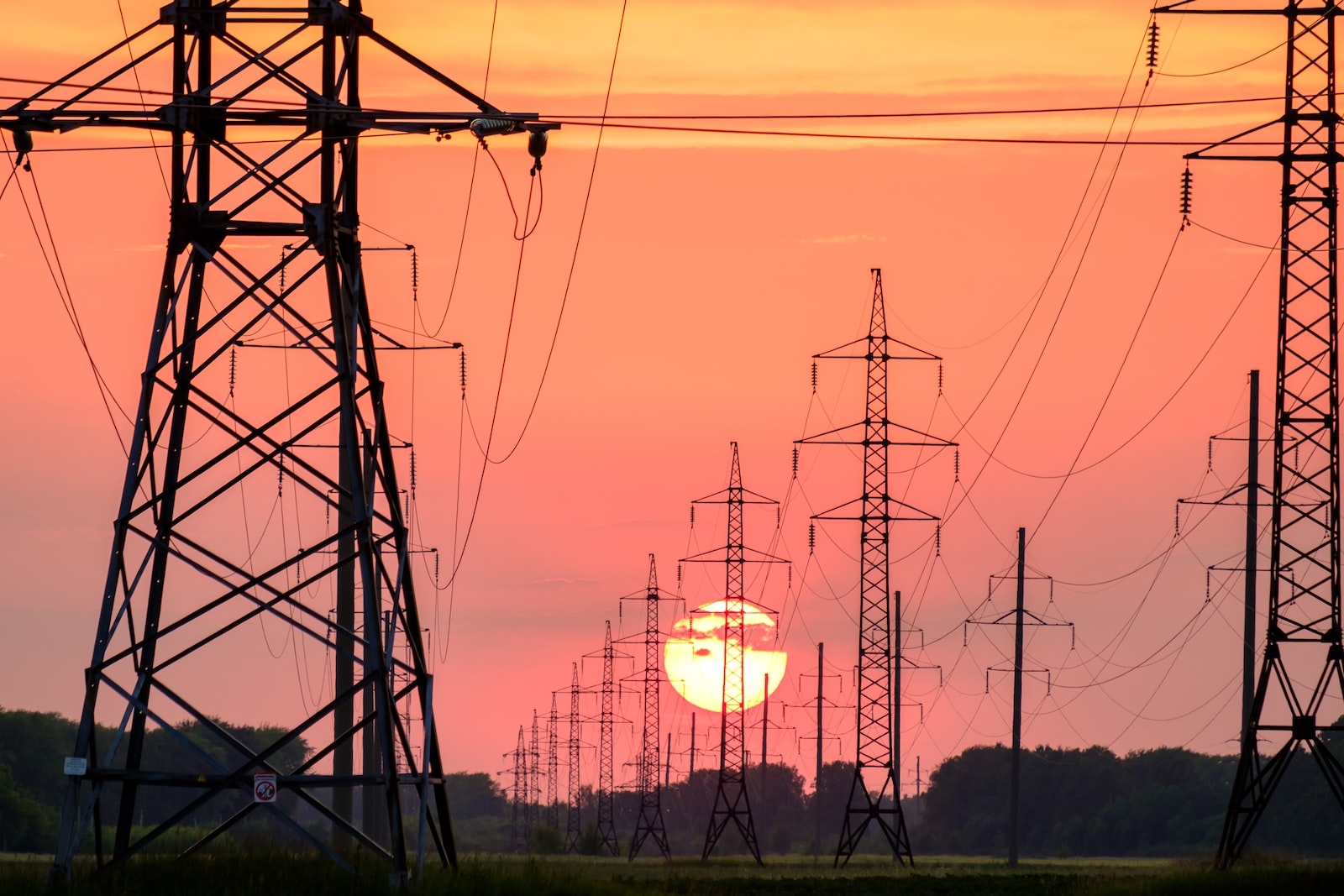Environment and Communications Legislation Committee
07/11/2022
Estimates
CLIMATE CHANGE, ENERGY, THE ENVIRONMENT AND WATER PORTFOLIO
Australian Energy Infrastructure Commissioner
—
Yesterday in estimates I asked the government whether or not they had costed the price on installing the required transmission lines to meet their 43% target by 2030.
Not only have they not costed it, they have no idea of just how many transmission lines they need and where they will be needed.
This is despite the fact they run around spruiking that renewables are cheaper.
This is just another example of lying from the alarmists who only care about controlling you, and not protecting your wallet or our environment.
—
Senator RENNICK: I want to confirm that it is 28,000 kilometres of transmission lines that you are looking to actually implement to reach the target.
Mr Dyer : I’m probably not the expert on that. My understanding is that there are a number of ISP scenarios that range from 5,000 kilometres to 28,000 kilometres by 2050 to support various versions of the ISP.
Senator RENNICK: If you don’t know the distance, you don’t know how much it will cost either. Is that fair to say?
Mr Dyer : Correct. Or what properties are involved and the impacts et cetera.
Senator RENNICK: Which begs the next question, Senator McAllister. The leader of the Senate, Senator Wong, constantly says that renewables are cheaper. How can you possibly say that renewables are cheaper when you actually don’t even know the cost of building the transmission lines?
Senator McAllister: Senator Rennick, there are many leaps of logic in the way you pose that question.
Senator RENNICK: No, there are not.
Senator McAllister: Essentially, Australia’s electricity system is organised with the assistance of three market bodies. The integrated systems plan describes the network requirements that will be needed to deliver on new capacity. The market responds to that descriptor. Rewiring the Nation intervenes in this way. It says that where a transmission line needs to be built, we will create the capacity to provide low-cost finance.
Senator RENNICK: We’ve got a range of, what, as low as 5,000 kilometres to 28,000 kilometres. Is that correct?
Mr Dyer : That’s my understanding.
Senator RENNICK: Will the Rewiring Australia fund, which is $20 billion, be able to actually fund the cost of what could potentially be 28,000 kilometres of transmission lines?
Senator McAllister: We are very confident that the Rewiring the Nation fund will have a very significant impact on the development of the system. Ms Brunoro may be able to provide you with a bit more detail about some of the different approaches in different states.
Ms Brunoro : In terms of funding transmission in the broad, it’s important to say that the Rewiring the Nation policy won’t be given all of that transmission funding. It isn’t directed at that. It is directed at the actual projects that come through the integrated system plan. What Mr Dyer is talking about are the different scenarios in there around getting to net zero by 2050. There is a step change scenario that most experts think is the most relevant. But the reason why there is a higher level in some of those scenarios is the hydrogen superpower. The modelling underpinning it, though, does look at the optimum development pathways of that and the costs of the various parts of infrastructure to determine those actionable projects, which will be the subject of the Rewiring the Nation funding.
Senator RENNICK: Thank you. In order to get to the 43 per cent reduction by 2030, how many kilometres of transmission lines will need to be built? What will the cost of that be?
Mr Dyer : I might consult.
Ms Brunoro : We have to bear in mind that is a national target as well. The integrated system plan covers the eastern states. We can come back to you with some more analysis on that.
Senator RENNICK: Didn’t you just legislate it? Hasn’t it been legislated now, the 43 per cent reduction by 2030?
CHAIR: I think the answer, Senator Rennick, is that the transmission piece you are discussing is not the totality of the elements that will go to achieving the plan.
Senator RENNICK: The reason I am asking is 2030 is only eight years away. My understanding is you have to get to 82 per cent renewables on the grid to get your 43 per cent reduction in CO2. Surely we must have a pretty clear plan and strategy in terms of how many transmission lines need to be built between now and 2030 to hook up enough renewables to get it into the grid, which is just eight years away.
Ms Brunoro : Yes. We do. I’m happy to table some information about those key projects. Obviously, Marinus is one of them. There has already been an announcement on that.
Senator RENNICK: How many kilometres of transmission lines will that involve?
Ms Brunoro : Bear with me. I will have to add that up for you. I note that is a point in time estimate as well. Since the integrated system plan has come out, Queensland has already announced their energy security plan. They will be investing in significant transmission. I can give you a breakdown of the number of kilometres per the actual projects as it stands now and that are underway. We can add that up.
Senator RENNICK: And that will get to 82 per cent renewables by 2030?
Ms Brunoro : The projects we have in train do align with the projects that are in the integrated system plan, a step change scenario. That estimate from the Australian energy market operator is that it will deliver about 83 per cent renewables by 2030. So it is in line.
Senator RENNICK: You can put a cost to that as well? Have we got an estimated cost of that?
Ms Brunoro : We can pull out the estimated costs of those projects as they are going through the regulatory impact tests at the moment.
Senator RENNICK: Sure.
Ms Brunoro : And give a breakdown of them.
Sena tor RENNICK: Do you feed that information back to the CSIRO in terms of their GenCost report? When I met with the CSIRO about the GenCost report, they said that no more transmission lines were going to be needed to be built until renewables hit 50 per cent of the grid.
Ms Brunoro : I haven’t personally had conversations with the CSIRO.
Senator RENNICK: Sure.
Ms Brunoro : In terms of their modelling, my assessment is that they would be relying on the Australian energy market operator’s analyses. They are the integrated system plan and things such as the statement of opportunities; that is where we are drawing our analysis from.
Senator RENNICK: That is fair enough. I am curious because the GenCost report is often used as the basis to say that renewables are cheaper. But there’s actually a lot of what I consider flawed assumptions in there, one of them being that you don’t need any more transmission lines until renewables hit 50 per cent of the grid and there’s no recycling costs taken into account. So that is a comment. You don’t need to respond to that. In terms of all the transmission lines that you need to get built between now and 2030 to get to 82 per cent of renewables, have you got approvals for all that from the various landholders?
CHAIR: Senator Rennick, I wonder whether Ms Brunoro will take this on notice. There is a lot of detail in what you are asking.
Senator RENNICK: Well, we’re in estimates. That is what it is all about—asking for the detail.
CHAIR: But rather than her sitting there and adding everything up from her notes, would you be happy to take that further detail on notice?
Senator RENNICK: What I would like to know is how far progressed you are in terms of getting the relevant and required approvals from both landholders and state governments and various other bodies—national parks or whatever it may have to be—in order to get those transmission lines built by 2030.
Ms Brunoro : The short answer I will provide is that those projects are at different stages of development and approval out to 2030. Some of those that are slated to be delivered in the latter part of the decade will be going through the engagement and consultation processes at a later point in time. Clearly, some of those arrangements are going to change with respect to the various landholders when we get there. We can let you know which projects have had engagement with the community and which ones are to come.
Senator RENNICK: Senator McAllister, you are still convinced you that will be able to get to 82 per cent of renewables by 2030?
Senator McAllister: Senator Rennick, the government is planning to get to 82 per cent by then.
Senator RENNICK: Are we going to get there or not? Are you still 100 per cent confident that you will reach that target?
Senator McAllister: We are putting in place all of the policy levers to meet our targets. We have established an emissions reduction target. We understand that to get to that point we will need to bring on significant new amounts of renewables. We estimate that will reach 82 per cent penetration by 2030. That is what we are planning for and that is what the budget seeks to do. It seeks to establish the infrastructure for that to happen.
Senator RENNICK: I accept that. It is easy to do on paper. As I said, when it comes to planning, resourcing, labour and everything like that, it is one thing to say and it is another thing to do it. If you have only eight years to get there, it is actually quite a mission. It is going to take a lot of work to get there.
Senator McAllister: It’s regrettable, in fact, that there is only eight years. There has been a period prior to that—nine years—where the Liberal Party was in government and during that period—
Senator RENNICK: Well, that is not a question I’m asking about.
CHAIR: Let the minister answer.
Senator McAllister: I am very happy for the officials to answer questions about the policy and how it works. Ms Brunoro has been doing that. If you want to have a political conversation, here it is. Nine years where—
Senator RENNICK: I didn’t ask for a political one, but, anyway, go on.
Senator McAllister: Nine years where there was no energy policy, where industry was deeply confused about the approach to the energy system, where, as a consequence, significant volumes of capacity left the system—four gigawatts, and only one gigawatt built. A whole series of policy measures are required to resolve that. Yes, it is actually a compressed time frame. It would have been better had the government that you supported done something about it during the period in which they were in office. But you chose not to do that and we are working to do it.
Senator RENNICK: Senator McAllister, we were working to a 23 per cent reduction in CO2 by 2030, which we were well on track to do.
Senator McAllister: And you left the energy system in a mess, a problem that we are now cleaning up.
Senator RENNICK: Your Labor government has committed to 43 per cent.
CHAIR: Thank you, Senator Rennick. You are out of time.
Senator RENNICK: I have just one more question.
CHAIR: Put it on notice, please, because there are some senators who haven’t asked any questions yet.
Senator RENNICK: It is very important that I get this question. I put it to the relevant minister. Can you guarantee that these transmission lines will not cross through koala habitat at all?
Senator McAllister: Senator Rennick, I am not briefed on the detail of every proposal. As Ms Brunoro said, there will be a process to go through for each of them. I am confident that all of them will go through the relevant environmental approvals. Mr Dyer will be here in his role as commissioner thinking carefully about social licence and how to support the progress of them and work with all of the participants in the system.
Senator RENNICK: We don’t have a lot of koala habitat left and we don’t want to lose any more of it.
CHAIR: Senator Rennick, you are out of time.






























